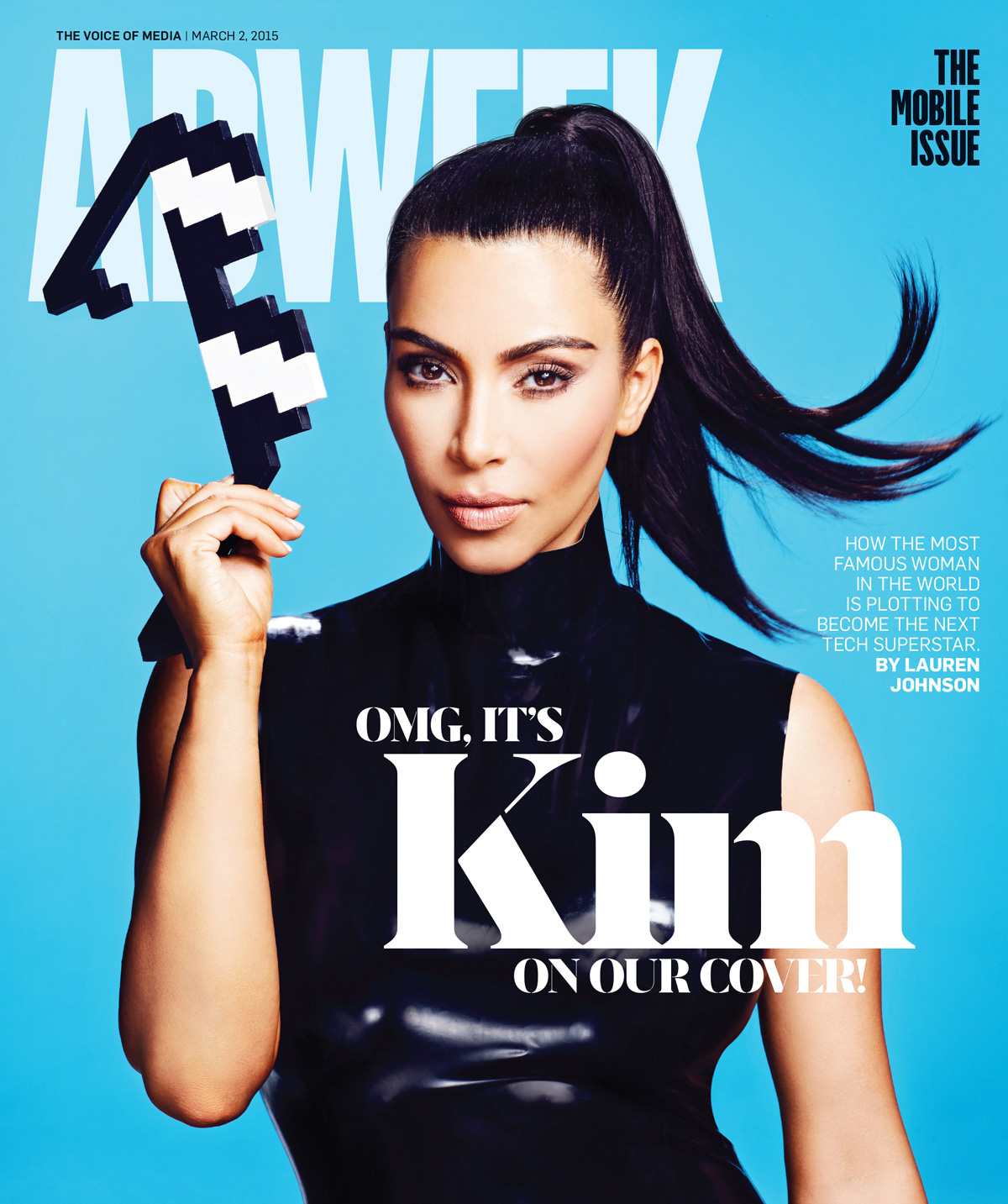It could be sending the wrong message to your intended audience.
By MediaStreet Staff Writers
An academic study has found that women wearing heavy makeup are less likely to be perceived as leaders. Of course, it depends on what you are selling and to whom. But if you want your model to portray leadership, then stay away from the make-up kit.
The research from Abertay University found that women wearing heavy makeup were less likely to be thought of as good leaders. The study was led by Dr Christopher Watkins of Abertay’s Division of Psychology, and published today in Perception journal. It revealed that the amount of makeup a woman is wearing can have a negative impact on perceptions of her leadership ability.
Study participants were asked to view a series of images featuring the same woman without cosmetics and with makeup applied for a “social night out”.
Computer software was used to manipulate the faces and the amount of makeup was also manipulated in the face images.
Each participant completed a face perception task where they judged sixteen face-pairs, indicating how much better a leader they felt their chosen face to be compared to the other face.
It was found that both men and women evaluated women more negatively as a leader if the image suggested she was wearing a lot of makeup.
Dr Watkins said, “This research follows previous work in this area, which suggests that wearing makeup enhances how dominant a woman looks. While the previous findings suggest that we are inclined to show some deference to a woman with a good looking face, our new research suggests that makeup does not enhance a woman’s dominance by benefitting how we evaluate her in a leadership role.”
The study was carried out by Abertay graduates Esther James and Shauny Jenkins and used a measurement scale common in face perception research, which calculates the first-impressions of the participant group as a whole, working out an average verdict.
Dr Watkins has carried out previous high-profile studies including work looking at how women remember the faces potential love rivals and the role of traits related to dominance in our choice of allies, colleagues and friends.
To view the full study click here.
Do you supply services to the Irish Media Industry? Have you listed your company in our Media Directory? It’s free! Everyone’s favourite price! Click here to do it now.


































